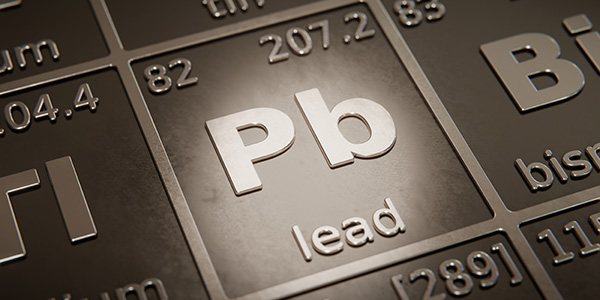
17 Jun NJDEP Imposes More Stringent Standard for Lead
Reading Time: 2 minutesOn May 6, 2024, the New Jersey Department of Environmental Protection (NJDEP) reduced the residential soil remediation standard for the ingestion-dermal exposure pathway for lead from 400 mg/kg to 200 mg/kg.
Basis for the Change to NJDEP Lead Standard
This updated standard reflects revisions that the United States Environmental Protection Agency (EPA) made to its Integrated Environmental Uptake Biokinetic Model for Lead in Children (IEUBK) input parameters and residential soil lead guidance, on which the NJDEP residential soil remediation standard for the ingestion-dermal exposure pathway for lead is based.
New Lead Standard Effective Date
NJDEP is applying the 200 mg/kg residential soil remediation standard for the ingestion-dermal exposure pathway for lead as of May 6, 2024, the date of publication of the Notice.
However, there may be latitude for some regulated parties. A six-month phase-in period applies when a Remedial Action Workplan (RAW) or Remedial Action Report (RAR) is submitted no later than six months after the effective date of the updated standard (that is, by November 6, 2024), provided that:
- The RAW or RAR is approved by the NJDEP or is certified by a Licensed Site Remediation Professional (LSRP); and
- The remedial action complies with the applicable regulatory timeframes pursuant to the Technical Requirements for Site Remediation (TRSR) at N.J.A.C. 7:26E‐5.
Who This Affects
Any site or Area of Concern (AOC) that has already undergone remediation, is actively undergoing remediation, or will be undergoing future remediation will be required to comply with the new lead standard of 200 mg/kg where the ingestion-dermal exposure pathway is applicable if it does not have a final remediation document (i.e., RAW or RAR) approved by NJDEP and/or certified by an LSRP by November 6, 2024. If an exceedance of the new standard is identified in soil and other compliance options are not effective for your site/AOC, additional remedial actions may be required to comply with the TRSR regardless of what work has already been performed.
However, because the standard change of 400 mg/kg to 200 mg/kg does not reflect a change by an order of magnitude, sites/AOCs currently monitored under existing remedial action permits will not need to address this change. Additionally, for sites/AOCs that previously received an approved final remediation document, did not require the use of a remedial action permit and long-term monitoring, and have been administratively closed, this should not qualify as a “reopener.”
Final Thoughts
If your site has AOCs that are either in the investigative or remedial phase and lead concentrations have been identified that are below the former residential soil remediation standard for the ingestion-dermal exposure pathway of 400 mg/kg but above the new standard of 200 mg/kg, you have until November 6, 2024, to receive an NJDEP-approved or LSRP-certified RAW or RAR. If you are not going to be able to meet that deadline, then the new standard will apply. To find out if this change applies to your site, and to explore other compliance options, contact the experts at ESA Environmental Consultants.



